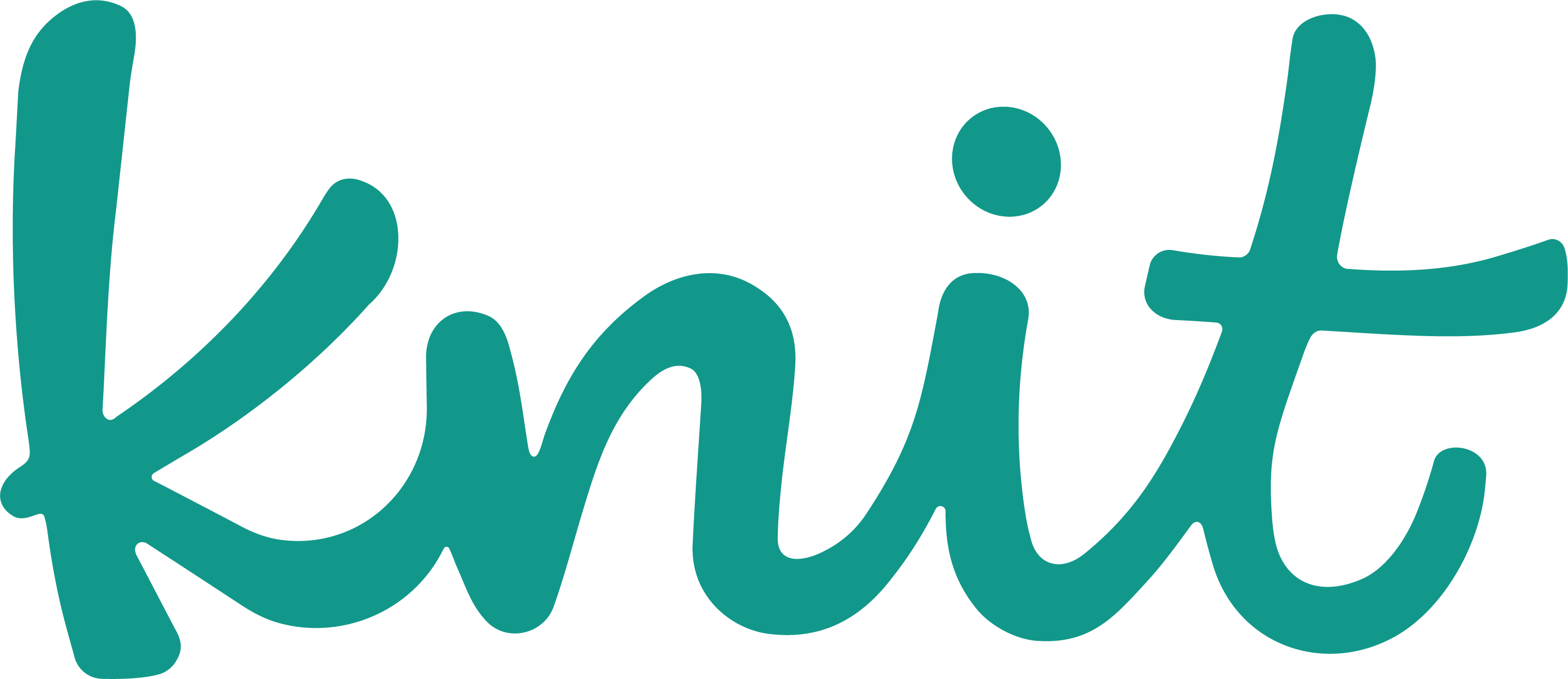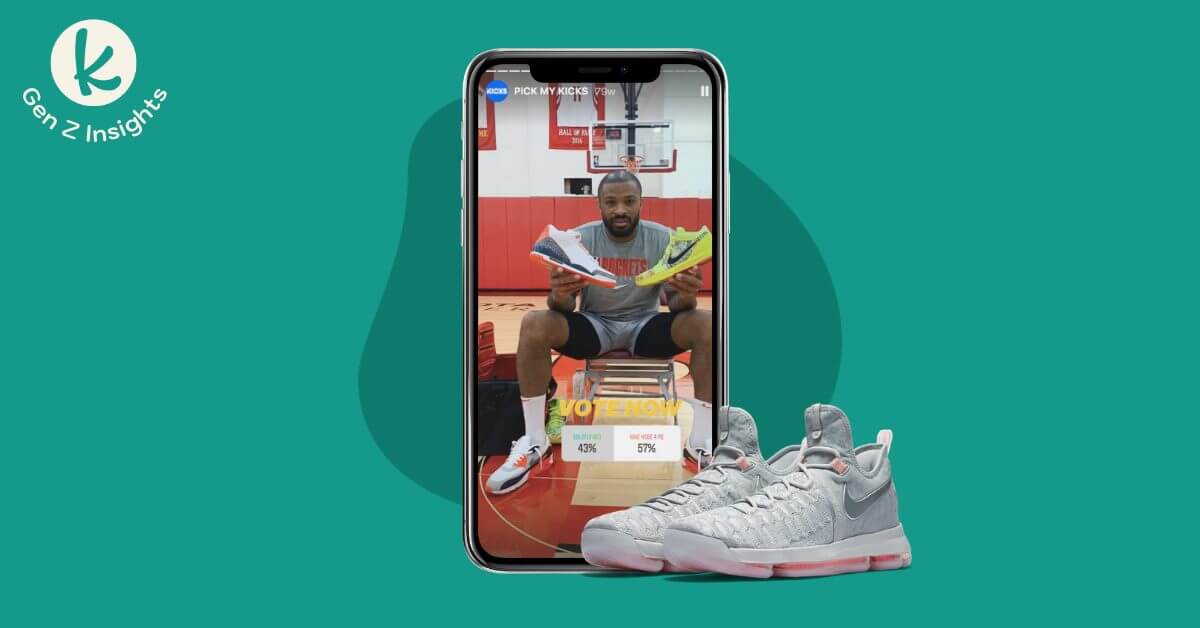
Sports leagues crushing it with Gen Z through innovation
There are many potential reasons for this generational shift in sports fandom. Perhaps the culprit is changing viewership habits, with zoomers migrating to platforms like YouTube and TikTok while sports continues to be broadcast largely on linear television. Or maybe it can be attributed to zoomers’ famously short attention span – just 8 seconds, according to some experts – which makes it difficult to sit in front of the big game for several hours. Whatever the reason, the networks and the leagues have to adapt, or risk losing an entire generation of fans. Some innovative players in the space have already taken this mission to heart; over the last few years, there have been several success stories that prove, with a little creative marketing, Gen-Z sports are there to be found.
Presented here are a few of these stories, along with insights into how they were able to break the generational divide and win over the zoomers.
Winning the Second Screen:
WNBA and Telescope Partner for “Tap to Cheer.”
Others see the second screen not as an obstacle, but as an opportunity to increase engagement. In 2020, during the height of the pandemic, the WNBA were searching for ways to keep fans engaged even though they were not allowed to attend games in person. By partnering with Telescope, the league was able to turn a difficult situation into an opportunity. They released a special league-branded app, which allowed fans to virtually “cheer” for their team from home during games, with special awards given to the team that cheered the most. Special hashtags could even be used by fans on twitter, making them active participants in the experience across multiple platforms.
The results of this campaign speak for themselves. After triggering over 4 million “cheers” in the initial launch weekend, the app eventually garnered over 275 million fan engagements for the league. App downloads increased nearly 150% between regular season and the playoffs, and brought nearly 400,000 site visitors to the WNBA landing page. Most importantly, the campaign demonstrates how leagues can creatively address the “problem” of competing with the second screen during broadcast. By integrating digital devices into the game experience, the WNBA was able to foster community engagement even during the pandemic, and make fans feel like they were an active part of the experience.
Personalizing the Broadcast:
NBA and Twitter Launch the ISO Cam.
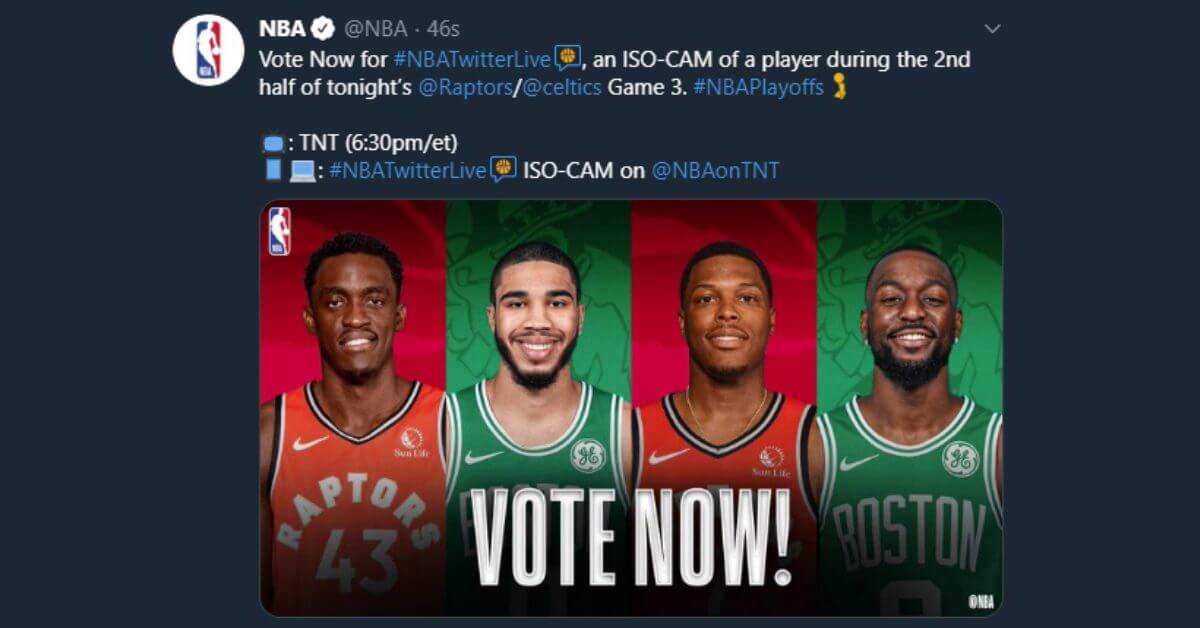
“Personalization” is a word that is used to death when discussing the topic of Gen-Z marketing. But there’s a reason for that. Zoomers are true digital natives, and have grown accustomed to a level of customization from their entertainment and media platforms. In addition, the rise of social media – and the ability for a fan to have a conversation with any celebrity in the world – has further contributed to zoomers’ higher expectations from brands. To put it bluntly, if a brand is not engaging with zoomers on a more personal level, they don’t stand a chance.
Enter the NBA’s Isolation-Cam, which embraces the idea of a personally crafted experience, while also integrating innovative new streaming technologies. Essentially, the NBA partnered with Twitter and Turner Sports to livestream 20 games from the point of view of a single player. During the first half of the game, fans voted on which player the Isolation (or ISO) Cam would focus on. Then, during the second half, Twitter would host a livestream of the player’s game. The campaign generated a ton of chatter among fans, with sites like SB Nation writing articles on which players they most wanted to see featured. The idea was a brilliant one, combining social media engagement, a unique viewing experience, and fans’ personal attachment to the players. The league must have been happy with the results, too: shortly after the ISO-cam promotion began, Twitter and the NBA announced an expansion of their streaming partnership.
Love the Player, Love the Game:
B/R Kicks Enlists NBA Stars for Instagram Takeovers.
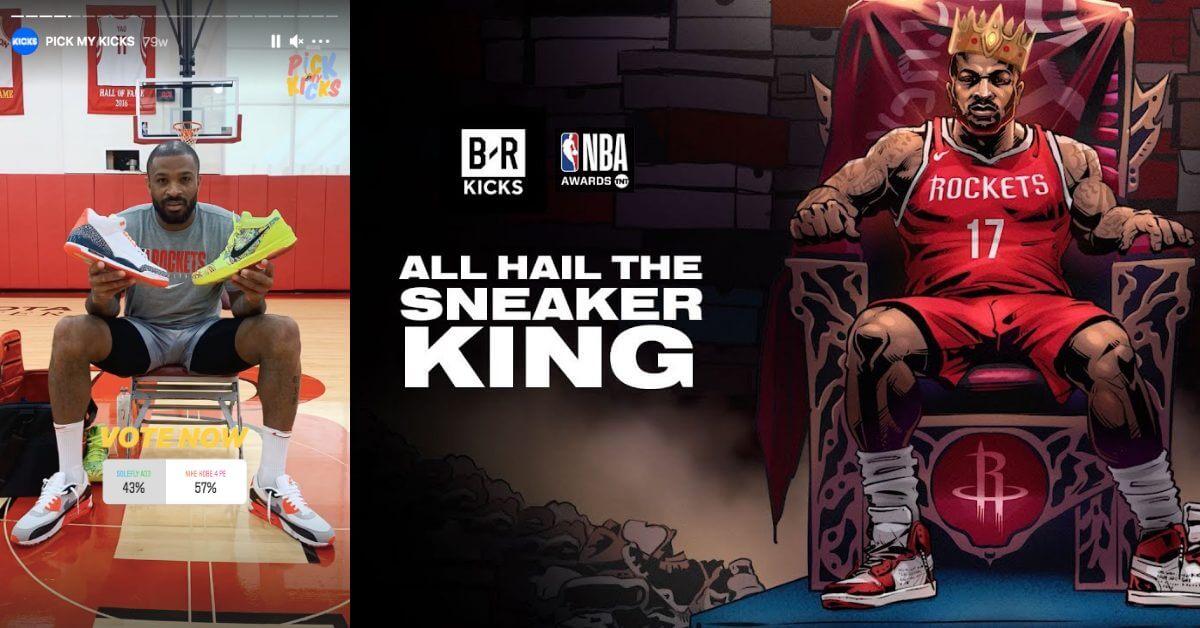
You’ll notice both of the last two use cases mentioned the power of social media for marketing to zoomers. There is a reason for that: Pew research polls show that a staggering 97% of Gen-Z uses at least one of seven major social media platforms. It would be an understatement to call the members of this generation “digital natives.” The digital world is arguably the one place where all of the diverse groups of zoomers come together, with 45% professing to use their devices “constantly,” and over 30% saying that social media has an overall positive effect on their life. Clearly, social media is a necessary channel to reach the zoomers. But have sports marketers learned that lesson?
Some of them certainly have. In addition to league-wide campaigns in the last few years, including a multi-year partnership between the NFL and TikTok, other companies adjacent to the sports broadcasting industry have seized on the social media marketing potential of sports stars. Similar to the popularity of online influencers, many individual players are actually more popular with young viewers than the teams themselves. B/R Kicks, an offshoot of popular sports news site Bleacher Report which focuses on sneaker culture, is just one of many brands actively working to turn NBA players into brand influencers. Through a series of Instagram takeovers from such popular players as Devonte Graham of the Hornets and PJ Tucker of the Bucks, B/R Kicks sought to win over the devoted community of NBA fans to their brand. This sense of community loyalty, when leveraged properly, can be extremely valuable to leagues, broadcasters, and other sports brands looking to make that extra connection with a Gen-Z audience.
Leading on Social Issues:
The NBA Takes a Stand.
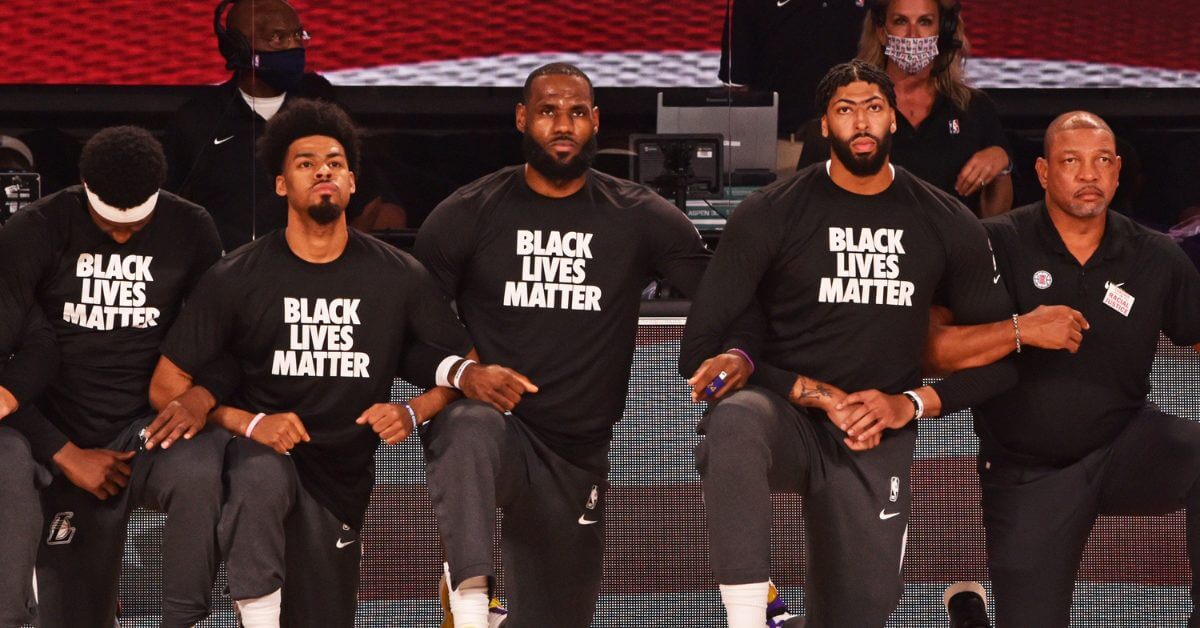
It is no secret that zoomers are outspoken on their political views. In addition to being the most racially and ethnically diverse generation of Americans, Gen-Z increasingly expects brands to share their stances on political issues, and to take active steps to contribute to social good. According to Knit’s research, zoomers are generally skeptical of brands that take political stances – 70% believe that most brands are not actually socially conscious. But their loyalty, once won, can also be quite powerful: 89% of zoomers polled by Knit were more willing to support a brand that vocally supported charitable causes.
Although it is important to tread lightly when tackling political issues, being active on social issues can be a powerful way for leagues to build a strong, personal connection with Gen-Z fans. And out of everyone in sports, the NBA seems to be leading the way in this area. Social activism is nothing new to the sport of basketball; throughout the history of the sport, famous players like Kareem Abdul Jabbar and Craig Hodges have used their fame to raise awareness of issues like racial and economic inequality. 2020, however, was a landmark year for political and social activism, as players and teams across the league spoke out continuously against racial violence, often with the direct support of the NBA itself. In marked contrast to the NFL’s treatment of Colin Kaepernick, teams like the Boston Celtics encouraged players to vocalize their opinions on the epidemic of anti-black police violence sweeping the nation. The “Black Lives Matter” slogan was proudly displayed on courts throughout the season. Some teams even boycotted games, without significant repercussions from the league.
Again, political activism can be murky waters for a brand to wade into. But when it comes to widely discussed social movements such as the 2020 protests against police violence, it has become increasingly difficult for leagues to avoid making a statement. By openly supporting players’ right to speak out on political issues, and showing genuine support for causes that they believe in, sports teams and broadcasters can make significant strides in winning over the Gen-Z audience.

Subscribe for industry insights delivered weekly.
Get all the Knit News you need with access to our free newsletter to stay a step ahead on the latest trends driving the industries of tomorrow.
